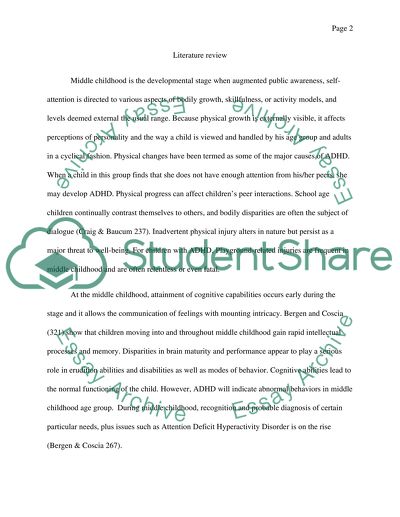Cite this document
(“Attention Deficit Hyperactivity Disorder Research Paper - 2”, n.d.)
Attention Deficit Hyperactivity Disorder Research Paper - 2. Retrieved from https://studentshare.org/psychology/1448028-middle-childhood-stage-attention-deficit
Attention Deficit Hyperactivity Disorder Research Paper - 2. Retrieved from https://studentshare.org/psychology/1448028-middle-childhood-stage-attention-deficit
(Attention Deficit Hyperactivity Disorder Research Paper - 2)
Attention Deficit Hyperactivity Disorder Research Paper - 2. https://studentshare.org/psychology/1448028-middle-childhood-stage-attention-deficit.
Attention Deficit Hyperactivity Disorder Research Paper - 2. https://studentshare.org/psychology/1448028-middle-childhood-stage-attention-deficit.
“Attention Deficit Hyperactivity Disorder Research Paper - 2”, n.d. https://studentshare.org/psychology/1448028-middle-childhood-stage-attention-deficit.


